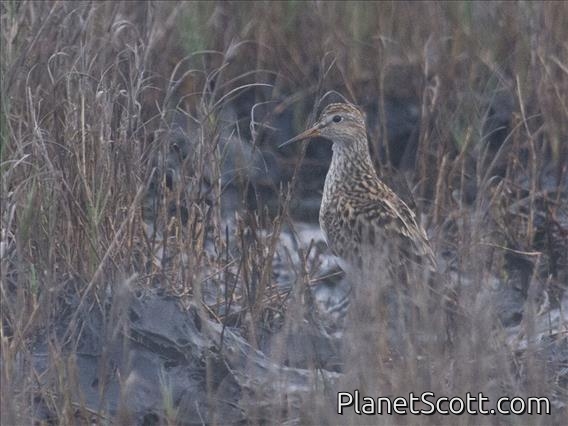Pectoral Sandpiper (Calidris melanotos)

Pectoral Sandpiper (Calidris melanotos)
×


Pectoral Sandpiper (Calidris melanotos)
About Pectoral Sandpiper (Calidris melanotos)
- Kingdom: Animals
- Phylum: Chordates
- Class: Birds
- Order: Pelicans
- Family: Sandpipers and Allies
The pectoral sandpiper, often abbreviated pec, is a small, migratory wader that breeds in North America and Asia, wintering in South America and Oceania. It eats small invertebrates. Its nest, a hole scraped in the ground and with a thick lining, is deep enough to protect its four eggs from the cool breezes of its breeding grounds. The pectoral sandpiper is 21 cm (8.3 in) long, with a wingspan of 46 cm (18 in).
Source: Wikipedia
Trips
Visits
-
2009-10-01
Crissy Field, United States of America -
2013-04-18
Galveston Island, United States of AmericaNot 100% sure on ID. -
2013-04-19
Anahuac NWR (UTC 049), United States of America -
2021-07-18
Edwin B. Forsythe National Wildlife Refuge, United States of America -
2021-07-20
Cape May Ferry to Cape Henelope, Deleware, United States of America



